
Chat GOT-AI research and writing assistant
AI-powered assistant for research, writing, and code

Chat GOT is an Expert in detailed, informative responses with research skills
Chat GPT: Can you explain the theory of relativity?
Chat GPT: What's the history of the internet?
Chat GPT: How does a combustion engine work?
Chat GPT: What are the latest advancements in AI?
Get Embed Code
Introduction to Chat GOT
Chat GOT is a purpose-built GPT instance optimized for deep research, structured analysis, and high-quality production outputs. It combines large-language reasoning with tool access (when enabled) and discipline-specific heuristics so users get thorough, action-ready results rather than short, generic replies. Design goals: accuracy, reproducibility, usefulness, and developer-quality outputs (especially for frontend code). Core design purpose and behaviour: • Deliver well-structured, evidence-oriented responses that include examples, stepwise instructions, and practical artifacts (tables, checklists, code, JSON). • Prefer explicit assumptions and highlight uncertainty: when information is likely to have changed or is time-sensitive, it will flag that and use web-access tools where available to fetch and cite current sources. • Follow careful computation and verification practices (for example performing arithmetic digit-by-digit and making reasoning explicit for potentially tricky or adversarial phrasings). Typical capabilities (concrete illustrations): • Research & synthesis: produce a 2-page literature summary with key methods, a comparison table, and suggested next experiments (example: summarize 8 recent papers comparing GNN architectures on molecular property prediction, include dataset descriptions and performance metrics). • Code & frontend engineering: produce production-quality React + TypeScript components with accessibility (ARIA) notes, responsive CSS, unit tests and a shortChat GOT overview compatibility checklist (example: a date-range picker component, storybook story, Jest+React Testing Library tests, and a small accessibility audit). • Content creation & editing: deliver long-form articles, press releases, email sequences, social captions, and SEO guidance with suggested keywords and meta descriptions (example: a 1,000-word product launch post plus 3 email templates and 5 A/B subject line variants). Practical limits & safety notes: • Not a substitute for licensed professional advice in high-stakes domains (medicine, law, finance). Chat GOT can draft and explain but will recommend verification with domain experts and primary sources. • May hallucinate factual details; for claims that matter it prefers to cite sources and, when web access is permitted, will fetch and attach citations. • Cannot perform background or asynchronous tasks; responses are produced immediately in-session and any step requiring later execution (cron jobs, long-running scrapes, or unattended monitoring) must be implemented by the user or integrated system. Example quick scenario (end-to-end): A product manager needs a competitive feature comparison and a launch comms plan. Chat GOT will: (1) define the comparison matrix and data fields to collect; (2) fetch up-to-date product specs if web access is enabled; (3) populate a table with concise comparisons and a recommended feature prioritization (RICE or MoSCoW); (4) draft a launch plan with milestones, sample copy for press/email/social, and QA/test cases. The deliverable is a coherent, exportable artifact ready for handoff.
Main functions Chat GOT offers
Research, synthesis, and evidence-backed analysis
Example
Produce a structured literature review: scoped search terms, top-10 papers with one-paragraph summaries, a comparison table of methods/datasets/metrics, and an executive summary with recommended next steps.
Scenario
A researcher preparing a grant proposal asks for the state of the art on 'causal inference with synthetic controls'. Chat GOT: (1) suggests precise search queries and inclusion/exclusion criteria; (2) fetches recent papers (when web access is allowed) and extracts methods and evaluation details; (3) builds a synthetic comparison table; (4) writes a 500-word gap analysis and three proposed experiments with required datasets and estimated compute. The output includes citations and a reproducible analysis plan.
Code generation, review, and frontend engineering (high attention to detail)
Example
Deliver production-ready React+TypeScript components with responsive CSS, ARIA accessibility attributes, unit and integration tests, and a small performance/accessibility checklist.
Scenario
A frontend developer needs a reusable data table component with sortable columns, keyboard navigation, and server-side pagination. Chat GOT returns: component code, TypeScript interfaces, CSS modules or Tailwind variants, unit tests (Jest + React Testing Library), Storybook stories demonstrating states (loading, empty, error), and notes on edge cases (large datasets, virtualization options) plus browser compatibility and accessibility checks.
Content creation, editing, and multi-format adaptation
Example
Create a product launch kit: headline options, a 1,200-word blog post, a 6-slide presentation outline, three email templates (pre-launch, launch, follow-up), and 5 social media captions sized/toned for LinkedIn, X and Instagram.
Scenario
A marketing lead provides product bullet points and target personas. Chat GOT drafts multiple tone options, SEO meta tags, A/B subject lines, and a short analytics plan (KPIs to track). It also rewrites text to match a target reading level, produces a TL;DR executive summary, and exports the copy as ready-to-use JSON blocks for content management systems.
Ideal users of Chat GOT services
Researchers, analysts, and technical writers
Graduate students, academic researchers, policy analysts, data scientists, and technical documentation teams. They benefit from Chat GOT's ability to synthesize literature, convert complex methods into reproducible steps, generate analysis-ready code snippets, and produce clear documentation. Examples of gains: faster annotated bibliographies, reproducible experiment templates (data preprocessing → model training → evaluation), and concise policy briefs with citations. Recommended usage: provide target scope and data, ask for structured deliverables (tables, checklists, code), and request citations for claims that will be published.
Developers, product teams, and content/marketing professionals
Frontend and full-stack engineers, product managers, UX designers, content strategists, and growth marketers. They gain from Chat GOT's emphasis on engineering-quality outputs (complete components, tests, storybook artifacts), practical product docs (requirements → acceptance criteria → test cases), and multi-format content packages (blog, email, social). Typical workflows where Chat GOT adds value: rapid prototyping, automated code reviews, accessibility audits at the design stage, content playbooks for launches, and generating reproducible how-to guides for onboarding new engineers or writers.
How to use Chat GOT — five quick steps
Visit aichatonline.org for a free trial without login, also no need for ChatGPT Plus.
Open aichatonline.org in your browser to start a free, no-signup trial that provides immediate chat access (the site advertises free daily usage and no registration required).
Prepare inputs and prerequisites
Decide the goal (draft, research, code, summary), gather source material (links, text, CSV or sample code), and choose output format (Markdown, JSON, bullet list). Recommended prerequisites: stable internet, a modern browser, and example prompts or style notes (tone, length, audience). If you plan integrations, have API keys or webhook details ready for the provider you use.
Choose mode and send a focused prompt
Select a task mode (e.g., research, writing, coding, editing). Give context, constraints, examples, and the desired structure (headings, word count, code language). Use explicit instructions like “Step-by-step,” “Provide sources,” or “Return JSON only” to shape output predictably.
Verify outputs and iterate
Export, save prompts, and integrate
Save effective prompts as templates; export results to your preferred format (copy, Markdown, JSON, CSV). For frequent use, automate with APIs or clipboard tools, maintain prompt versioning, and apply post-processing (linting, unit tests, editorial review) before publishing or deployment.
Try other advanced and practical GPTs
Book Writing GPT - (V6)
AI-powered coauthor for books
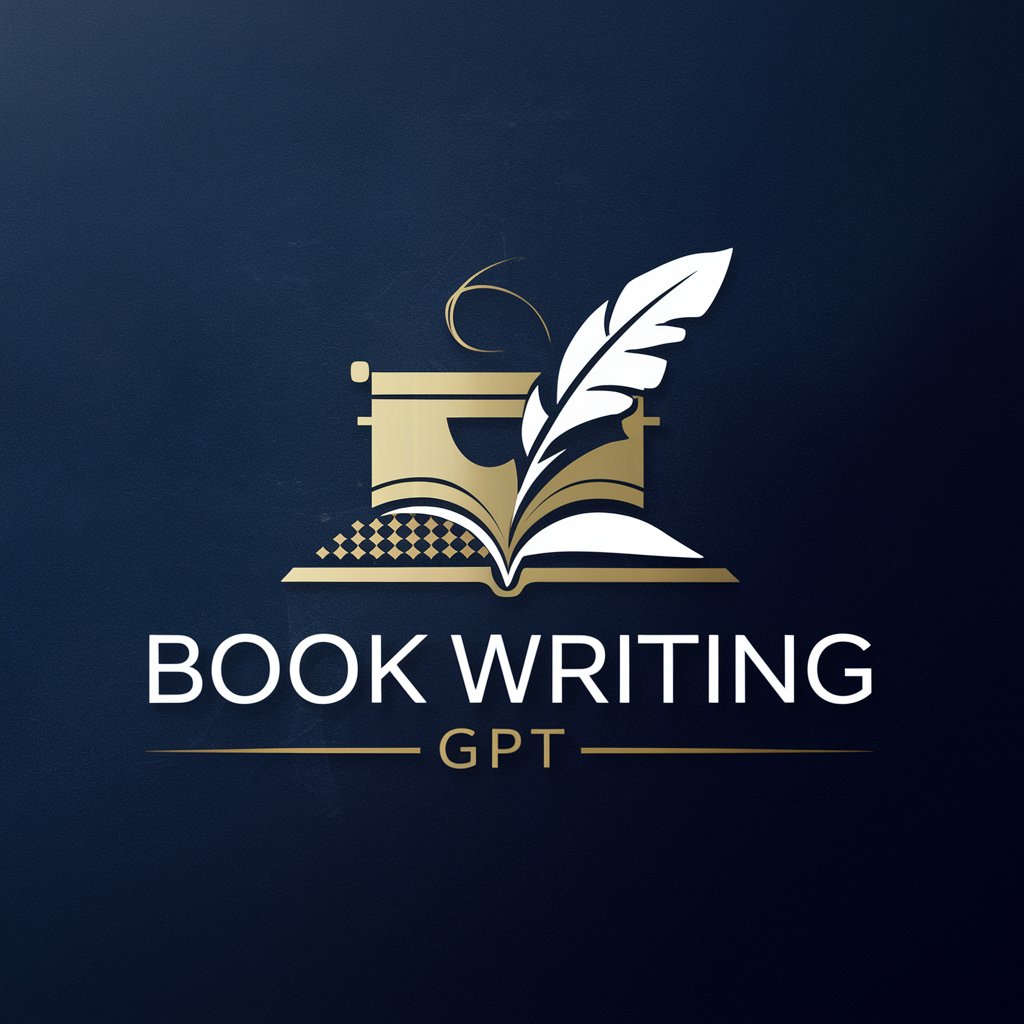
Experto en comunicación estratégica y marketing
AI-powered coach for strategic communication and marketing

Docker Expert
AI-driven automation for seamless workflows.

Government Bid RFP Proposal Assistant
AI-powered proposal drafting for government bids

RISEN Prompt Engineer
AI-powered prompt design for precise outputs
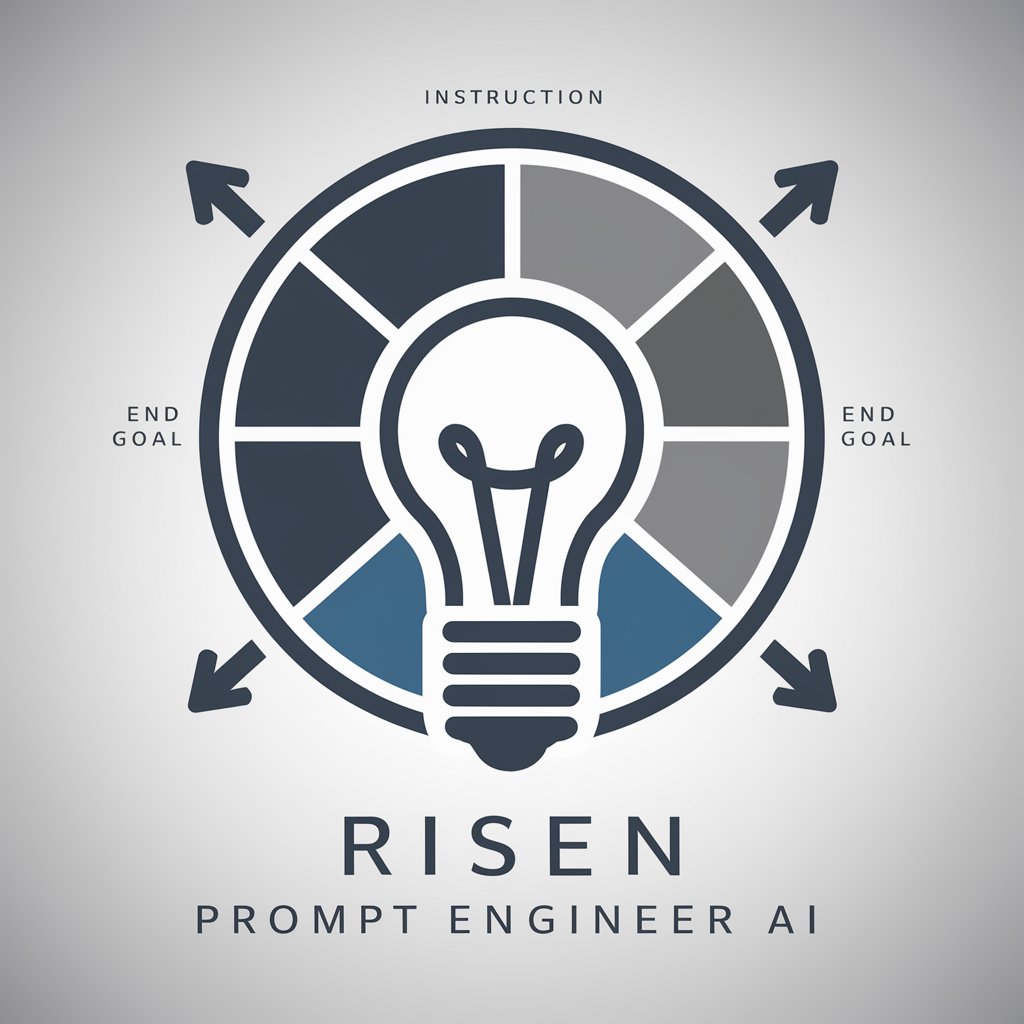
Finnish Grammar Expert
AI-powered Finnish grammar coach for learners

なんでも雑学博士くん
AI-powered niche trivia generator
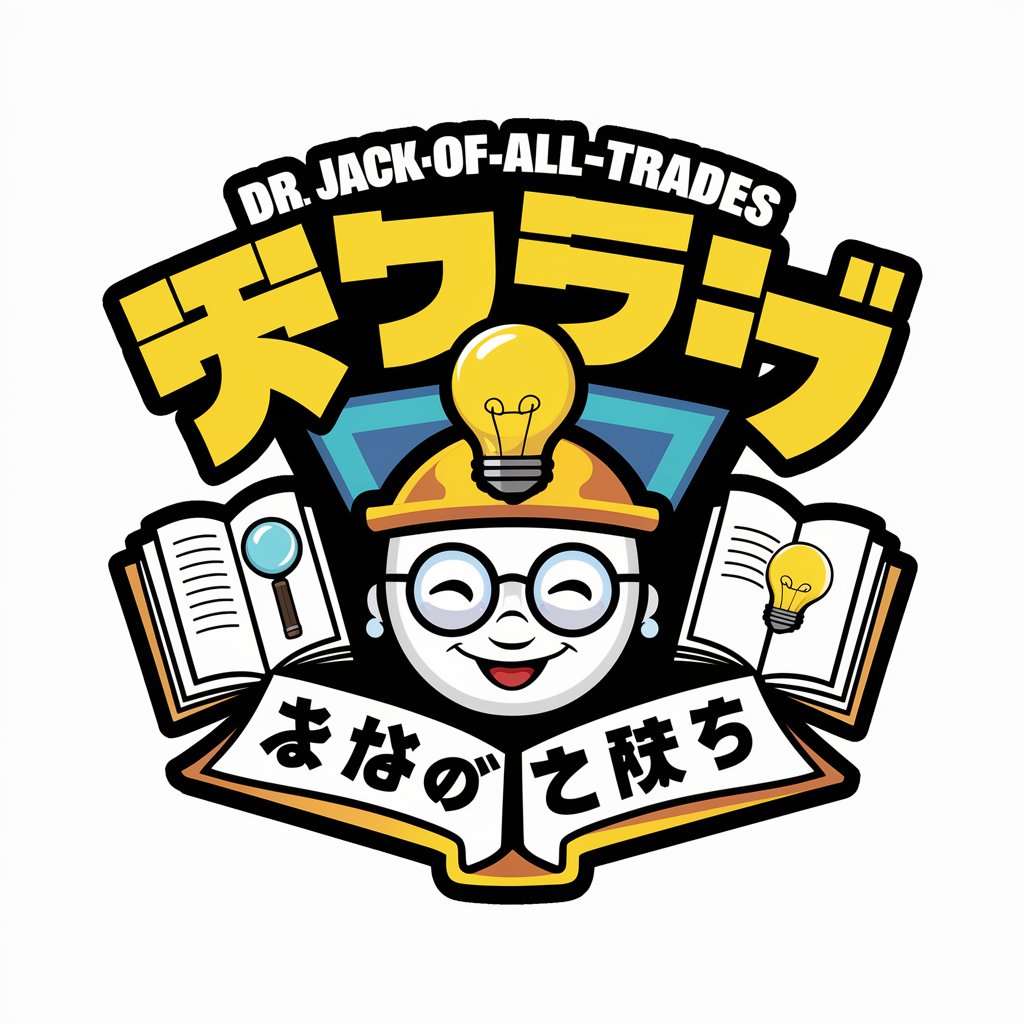
Englisch/German I Deutsch/Englisch
AI-powered, seamless English-German translation.
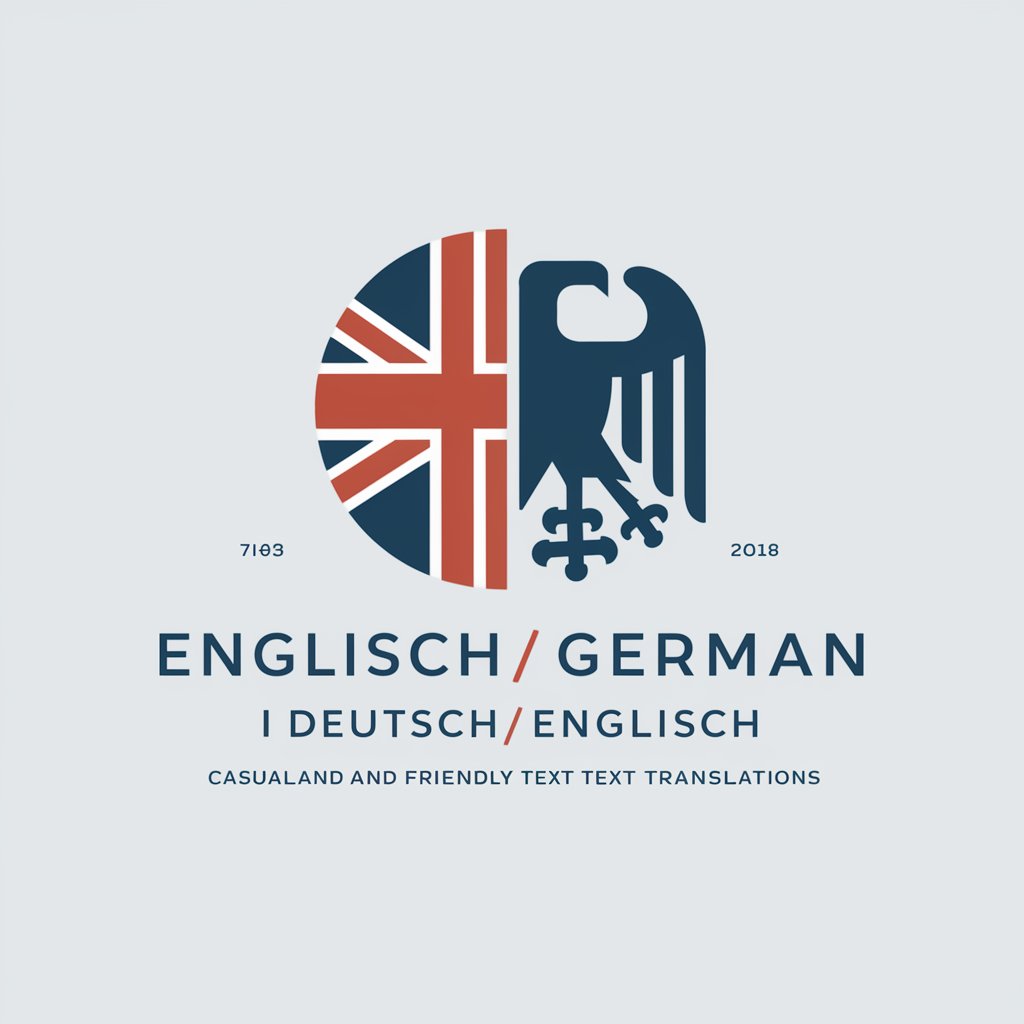
GROMACS Guru with Memory
AI-powered GROMACS advisor with memory
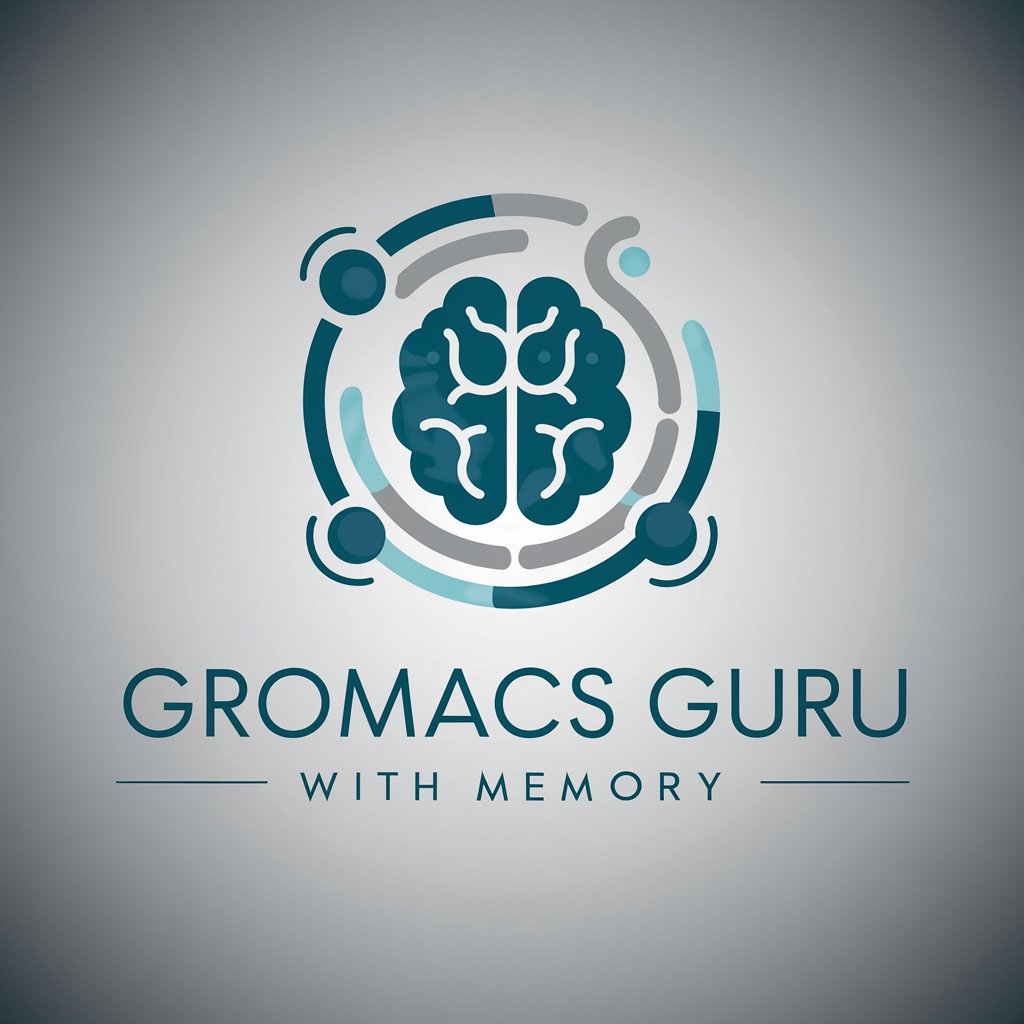
React TypeScript/MUI Atomic Design Wizard
AI-powered builder for TypeScript React components
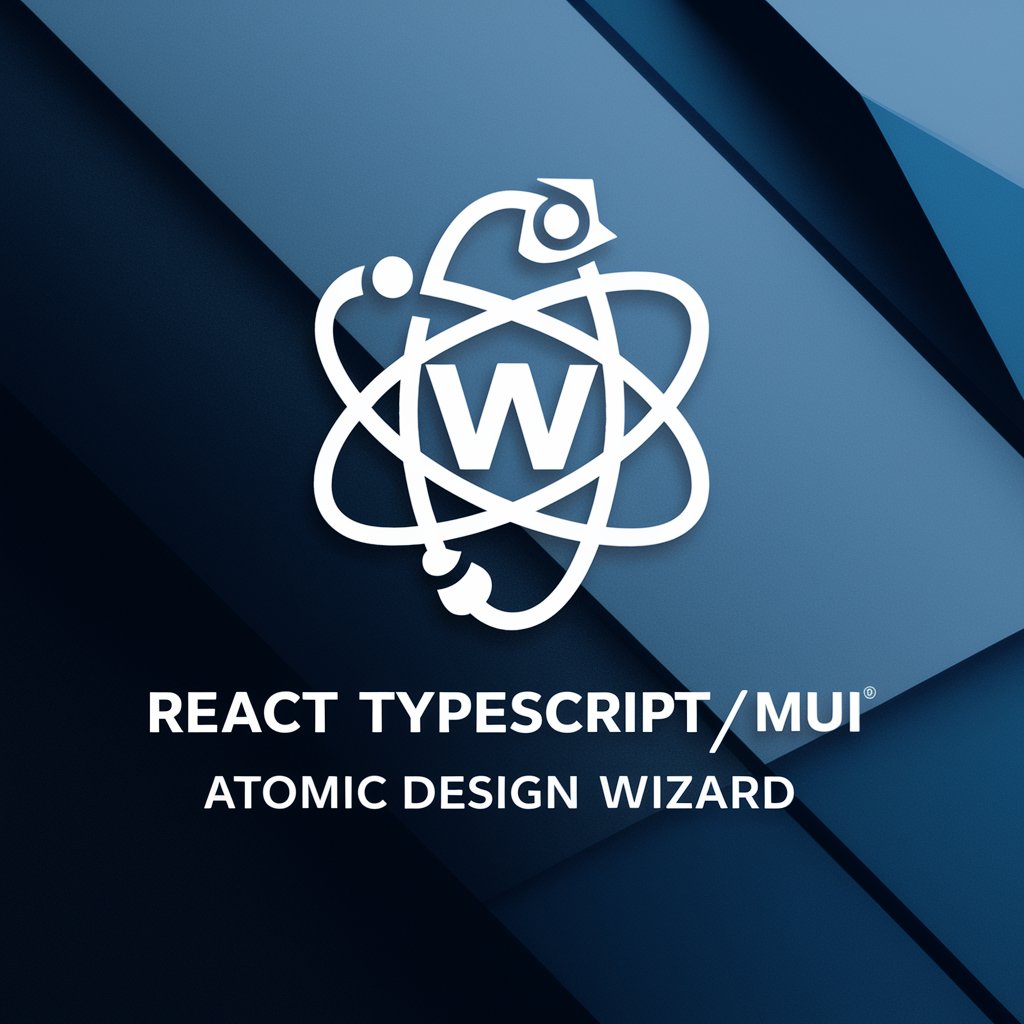
产业链分析专家0306
AI-powered industry-chain analyzer and scorer.
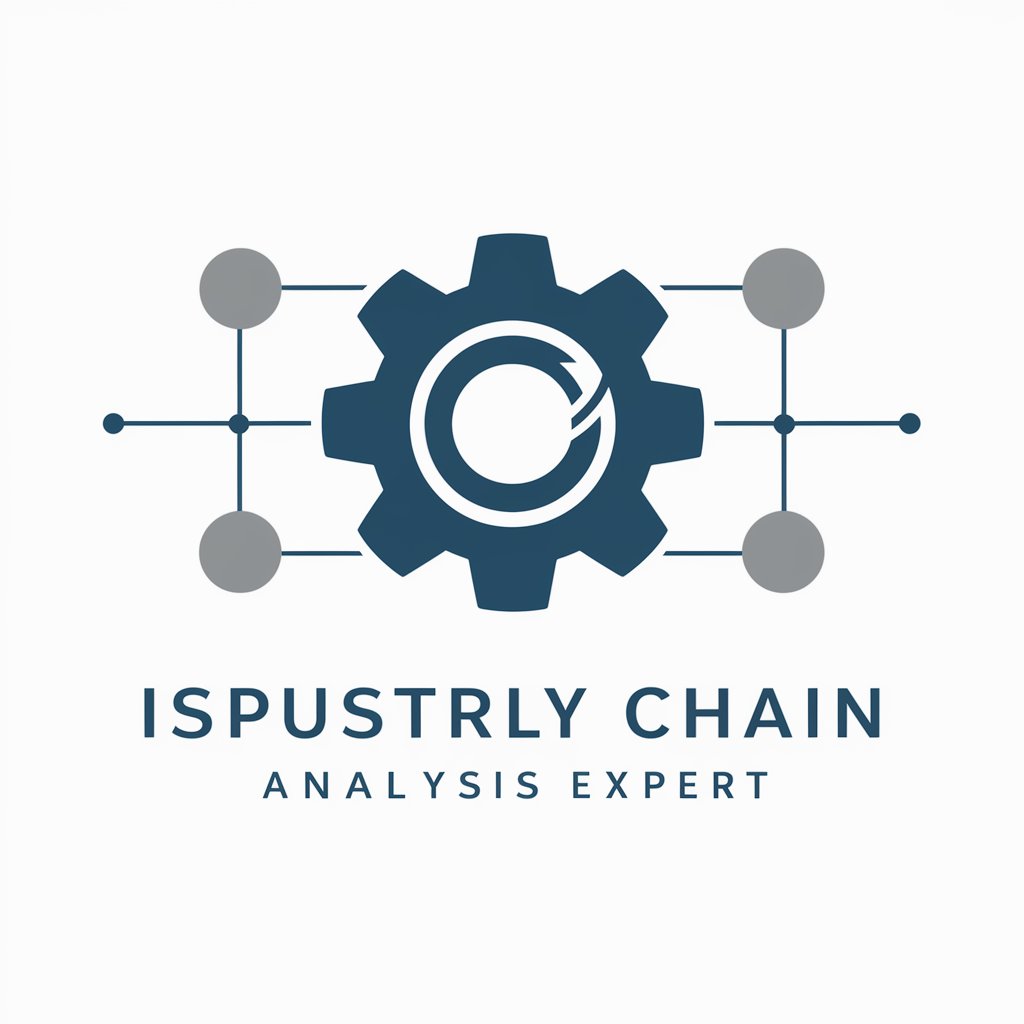
Richkids- Trading AI Helper
AI-powered trading insights for smarter decisions.
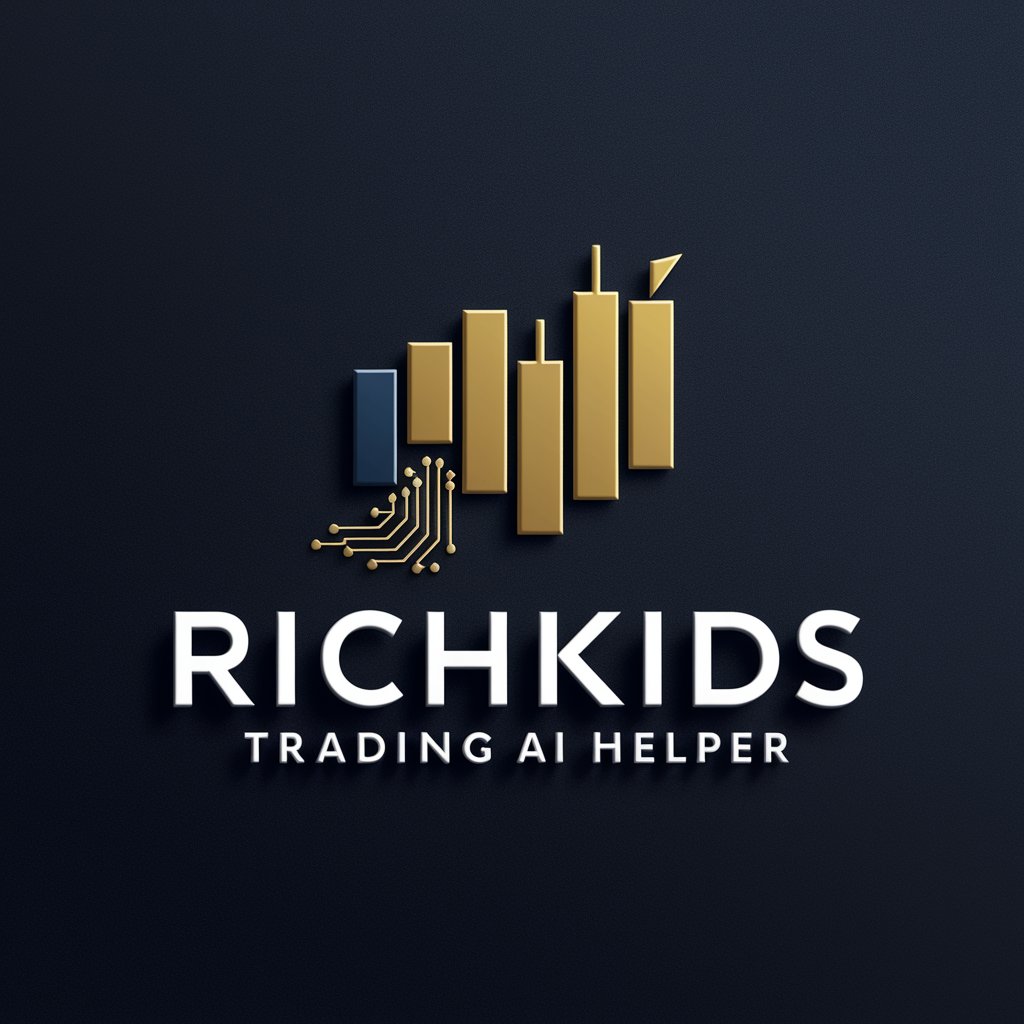
- Academic Writing
- Data Analysis
- Idea Generation
- Code Review
- Content Marketing
Frequently asked questions about Chat GOT
What is Chat GOT and what can it do?
Chat GOT is a configured GPT-style assistant optimized for in-depth research, structured writing, code generation, and stepwise problem solving. It supports multi-turn dialogue, prompt-template reuse, and can produce formats like articles, summaries, code snippets, and JSON. Use it for brainstorming, drafting, debugging, data analysis guidance, and concise explanations.
How reliable are Chat GOT's answers and how should I check them?
Reliability depends on prompt clarity, the underlying model, and the topic complexity. For factual or high-stakes work, verify outputs against primary sources, ask the assistant for citations or step-by-step derivations, and run generated code or calculations in a test environment. For third-party hosted versions, check the provider’s docs and policies for how models are served. 0
How do I protect sensitive data when using Chat GOT?
Avoid pasting sensitive personal or proprietary data into public hosted chats. When you must use private data, anonymize or redact identifiers, or use a self-hosted/enterprise deployment where data retention and access controls are under your organization’s policy. Always read the host’s privacy policy and terms before submitting confidential information.
Can Chat GOT write and execute code?
It can generate, refactor, and explain code across many languages and produce test cases and edge-case considerations. Chat GOT itself does not execute code unless the platform integrates a runtime — you should copy generated code into your environment to run, debug, and secure it. Ask for unit tests, input validation, and performance notes to make generated code production-ready.
How can I integrate Chat GOT into my workflow or applications?
Use prompt templates, structured outputs (JSON/CSV), and the provider’s API or webhooks where available. Implement caching, rate-limit handling, and post-processing (validation, sanitization) for automation. If using a hosted provider that advertises developer APIs, consult their API docs, pricing and rate limits to design safe, versioned integrations.






